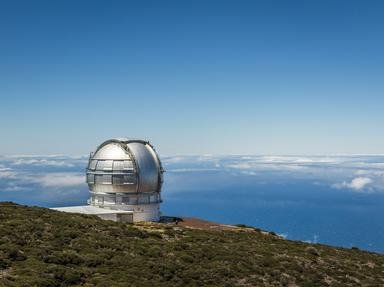Quiz Answer Key and Fun Facts
1. Often considered to be the founder of astronomy
2. Achievements include accurately measuring the tilt of the earth's axis
3. Arab astronomer who wrote an exhaustive 'Book of Astronomical Tables'
4. Persian author of a book which discussed stellar magnitudes
5. Built an observatory called Uraniborg, financed by King Frederick II of Denmark
6. Used the newly invented telescope to observe the moons of Jupiter
7. Discovered the first new planet since ancient times
8. Determined that comet sightings in 1531, 1607 and 1682 were the same comet
9. Built an observatory in Flagstaff, Arizona and started search for ninth planet
10. Realized that galaxies are moving away from each other
Source: Author
looney_tunes
This quiz was reviewed by FunTrivia editor
WesleyCrusher before going online.
Any errors found in FunTrivia content are routinely corrected through our feedback system.
